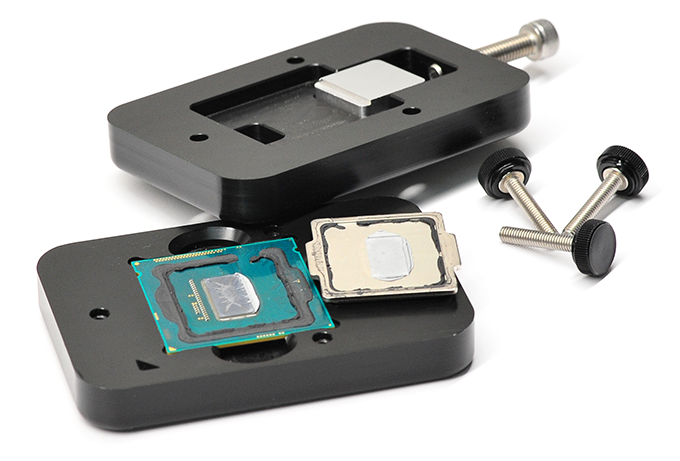The heat gun you used is one for DIY purposes?
I own one for wood restauration - it blows air with up to 250-300 degree Celsius!
So the risk to surpass critical temperatures for the cpu and grill the CPU is existant...
The method with the electric iron might be much more secure and preferable- because it does not get that hot and you can easily regulate temperature of the electric iron - which you can't with the instrument Ou used.
I might nevertheless overestimate the risk because The lid might in most cases fall off just at the moment of reaching the "right" temperature" and so prevent further heating of the CPU.......
Hope though that you will enjoy intact CPUs and your upgraded MacPro. Let us know...
Let us know...
In some months I will upgrade my MP 2009 as well- preferring as well two 5670 as best-buy....but I tend more and more to use the lidded CPUs with perfectly adapted washers...By doing so eliminating some risks and saving lots of time....
I own one for wood restauration - it blows air with up to 250-300 degree Celsius!
So the risk to surpass critical temperatures for the cpu and grill the CPU is existant...
The method with the electric iron might be much more secure and preferable- because it does not get that hot and you can easily regulate temperature of the electric iron - which you can't with the instrument Ou used.
I might nevertheless overestimate the risk because The lid might in most cases fall off just at the moment of reaching the "right" temperature" and so prevent further heating of the CPU.......
Hope though that you will enjoy intact CPUs and your upgraded MacPro.
In some months I will upgrade my MP 2009 as well- preferring as well two 5670 as best-buy....but I tend more and more to use the lidded CPUs with perfectly adapted washers...By doing so eliminating some risks and saving lots of time....




